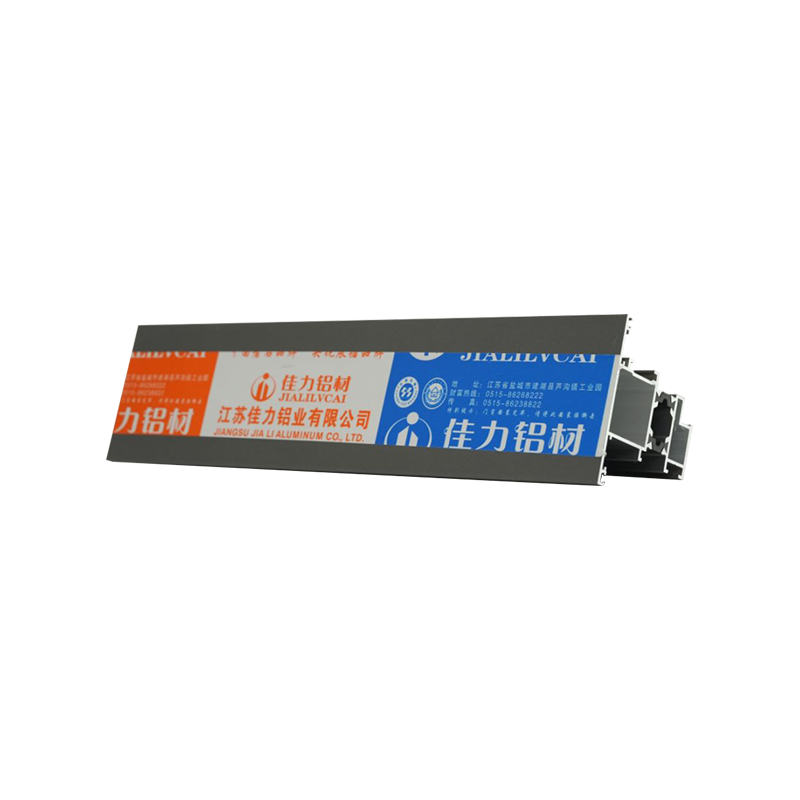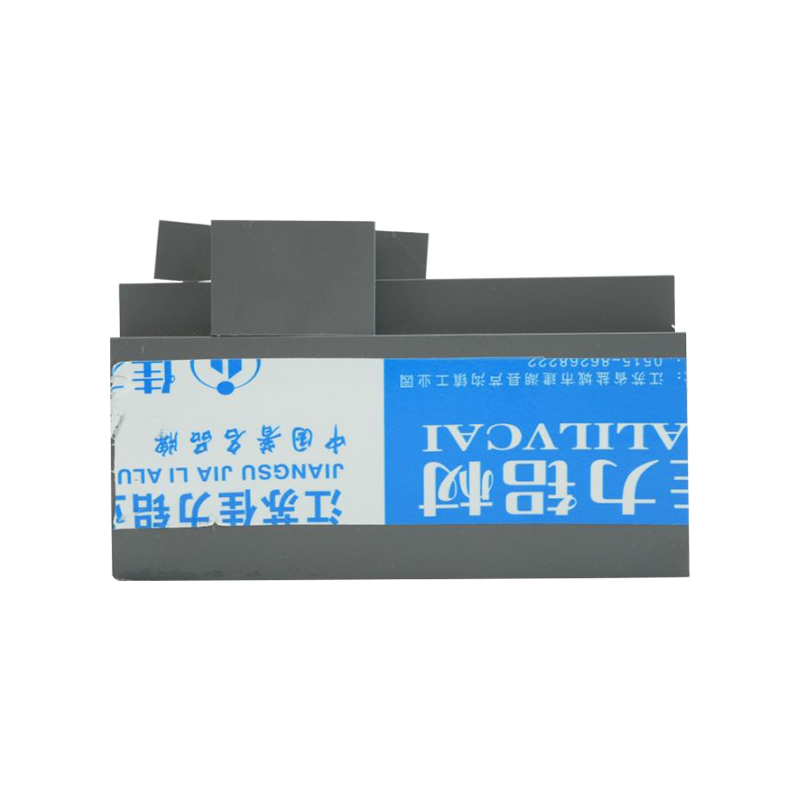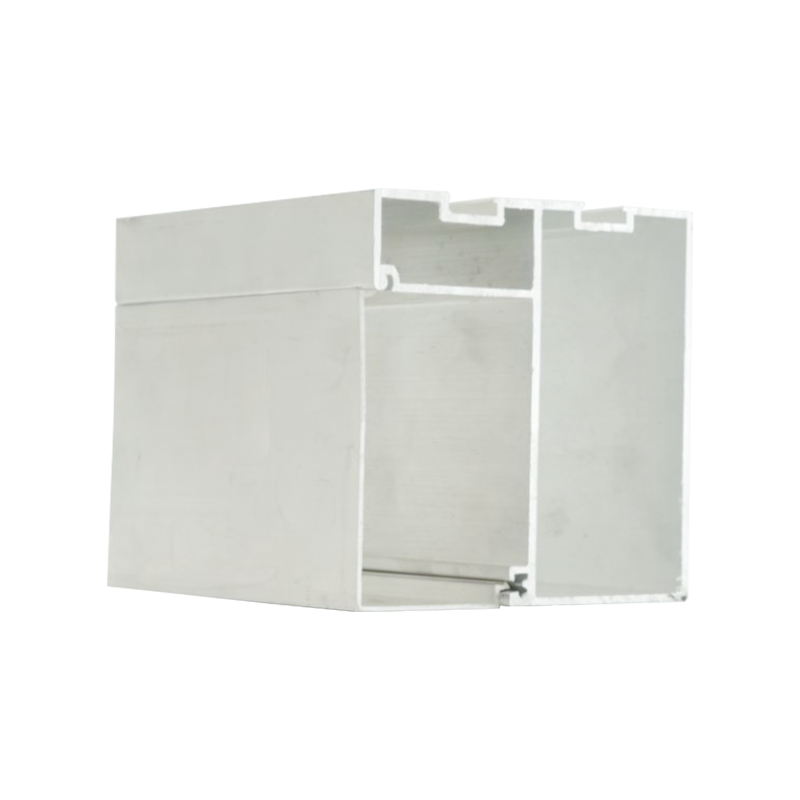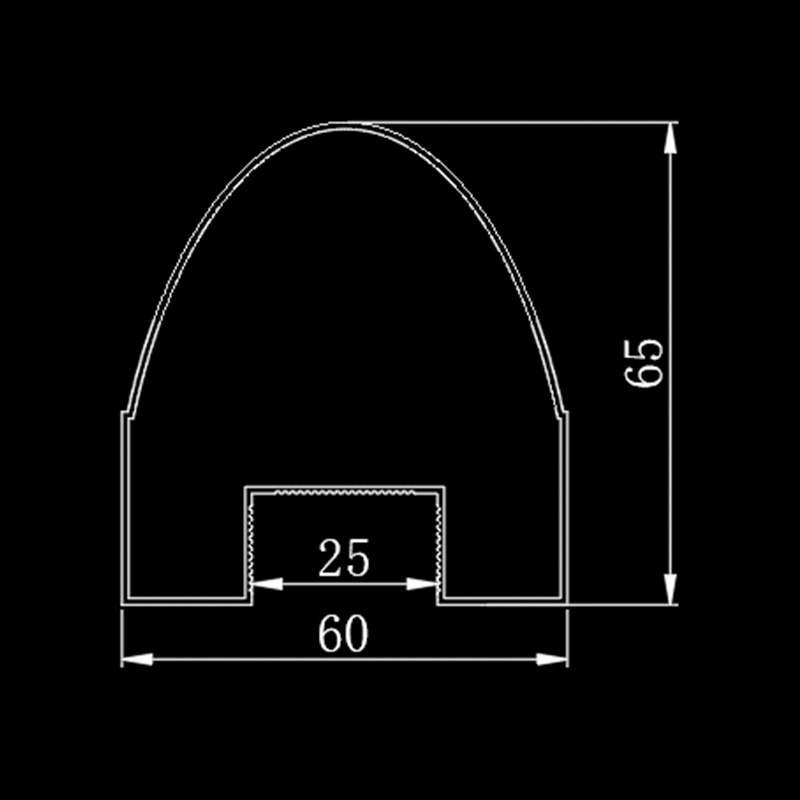When planning residential construction or renovation projects, choosing the right window solution is critical for functionality, aesthetics, and long-term durability. One option gaining significant attention is the lightweight casement window architectural aluminum profile. Known for its durability, energy efficiency, and design flexibility, this solution addresses both modern architectural demands and practical homeowner needs.
Advantages of lightweight construction
One of the primary benefits of using lightweight casement window architectural aluminum profile is its reduced weight without compromising strength. Compared with traditional window frames made of wood or steel, aluminum profiles are significantly lighter, which offers several advantages:
- Ease of handling and installation: Lightweight profiles are easier for installers to transport and position during construction, reducing labor costs and installation time. This makes them especially suitable for multi-story residential buildings where handling heavier frames can pose challenges.
- Structural flexibility: Lighter profiles exert less load on walls and supporting structures. This allows architects and engineers to design larger window openings without reinforcing the surrounding structure excessively.
- Reduced shipping and logistics costs: Lower weight contributes to more efficient transportation and handling, which can be critical for projects in urban or remote areas.
By combining strength with lightweight design, lightweight casement window architectural aluminum profile offers an optimal balance between practicality and durability for residential construction.
Durability and longevity
Durability is a critical factor for residential windows. Homeowners and builders seek materials that withstand daily wear and weather exposure over decades. Lightweight casement window architectural aluminum profile excels in this area due to several inherent qualities:
- Corrosion resistance: Unlike steel, aluminum does not rust and retains its structural integrity even in humid or coastal environments. This ensures long-term performance without extensive maintenance.
- Impact resistance: Despite being lightweight, these profiles maintain structural strength capable of withstanding impacts from wind, debris, or accidental contact.
- Resistance to deformation: Aluminum profiles resist warping, swelling, or shrinking, which are common issues in wooden frames subjected to temperature and humidity changes.
The durability of lightweight casement window architectural aluminum profile reduces the need for frequent replacements or repairs, providing homeowners with peace of mind and cost savings over the life of the building.
Energy efficiency and thermal performance
In modern residential projects, energy efficiency is a key consideration for both environmental sustainability and cost reduction. Lightweight casement window architectural aluminum profile contributes to energy-efficient design in several ways:
- Thermal break integration: Many aluminum profiles are designed with thermal barriers or insulated cores that prevent heat transfer, helping maintain indoor temperatures.
- Compatibility with double or triple glazing: These profiles can accommodate advanced glazing systems that improve thermal insulation and reduce energy consumption.
- Reduction of air leakage: Precision-engineered aluminum profiles create tighter seals compared with traditional materials, reducing drafts and improving HVAC efficiency.
By enhancing thermal performance, lightweight casement window architectural aluminum profile supports energy-saving initiatives and contributes to environmentally responsible residential design.
Design flexibility and aesthetic appeal
Architectural design trends increasingly demand versatility and style, and lightweight casement window architectural aluminum profile delivers on both fronts:
- Customizable shapes and sizes: Aluminum profiles can be extruded to accommodate a wide range of window designs, from standard rectangular openings to more intricate architectural forms.
- Surface finishing options: Powder coating, anodizing, and other surface treatments allow homeowners to achieve desired colors and textures, creating cohesive visual appeal with exterior and interior design.
- Slim frames and larger glass areas: The inherent strength of aluminum allows for slimmer profiles while maintaining stability, maximizing natural light and visual transparency.
This combination of flexibility and aesthetic options makes lightweight casement window architectural aluminum profile particularly suitable for contemporary residential architecture that emphasizes both functionality and visual appeal.
Low maintenance requirements
One of the significant advantages of lightweight casement window architectural aluminum profile is its minimal maintenance needs:
- No painting or staining required: Unlike wood, aluminum profiles retain their finish without the need for regular painting.
- Easy cleaning: Smooth surfaces and corrosion-resistant coatings allow homeowners to maintain windows with basic cleaning routines.
- Long-lasting hardware integration: Casement windows with aluminum profiles typically include durable hinges, handles, and locking mechanisms that require minimal upkeep.
Reduced maintenance translates into both lower long-term costs and less effort for homeowners, making these profiles highly practical for residential projects.
Environmental sustainability
Sustainability is increasingly important in residential construction. Lightweight casement window architectural aluminum profile offers several environmentally friendly attributes:
- Recyclable material: Aluminum is highly recyclable, allowing used profiles to be processed and reused without losing quality.
- Energy-efficient production: Advances in manufacturing have reduced the energy required to produce high-quality aluminum profiles.
- Longevity reduces waste: Durable aluminum frames require less frequent replacement compared to other materials, reducing construction waste over time.
These attributes align with green building initiatives and contribute to environmentally responsible residential development.
Enhanced safety and security
Safety is a fundamental concern in residential window design. Lightweight casement window architectural aluminum profile supports secure and reliable installation:
- Strong locking mechanisms: Casement windows with aluminum profiles often integrate robust multi-point locking systems for enhanced security.
- Impact-resistant glass compatibility: Aluminum frames can support tempered or laminated glass for increased safety in case of accidents or break-ins.
- Weather-tight sealing: Properly installed profiles reduce the risk of water ingress and draft-related issues, improving overall safety.
By combining structural strength with secure hardware options, lightweight casement window architectural aluminum profile ensures the safety and well-being of residents.
Acoustic performance
In residential areas affected by urban noise, sound insulation is a key consideration. Lightweight casement window architectural aluminum profile contributes to acoustic comfort:
- Compatibility with soundproof glazing: Aluminum profiles can support laminated or acoustic glass layers.
- Tight-fitting joints: Precision engineering reduces gaps that allow noise penetration.
- Multi-chamber designs: Some profiles include chambered structures that further dampen sound transmission.
This makes lightweight casement window architectural aluminum profile ideal for homes in busy neighborhoods or near traffic corridors.
Cost-effectiveness
While aluminum profiles may have a higher initial cost than some materials, lightweight casement window architectural aluminum profile offers long-term cost benefits:
- Reduced installation labor costs due to lightweight handling.
- Minimal maintenance and repair expenses over the product lifespan.
- Energy savings from improved thermal efficiency.
The combination of durability, energy efficiency, and low maintenance contributes to overall cost-effectiveness for residential projects.
Versatility in residential applications
Lightweight casement window architectural aluminum profile is suitable for a wide range of residential projects:
- Single-family homes: Provides aesthetic flexibility and energy efficiency for standard houses.
- Apartments and high-rise buildings: Lightweight construction reduces structural loads and simplifies installation in multi-story developments.
- Renovations and retrofits: Aluminum profiles can be designed to fit existing openings and match historical or modern design styles.
This versatility makes lightweight casement window architectural aluminum profile a practical choice for diverse residential applications.
Comparison with alternative window materials
Understanding how lightweight casement window architectural aluminum profile compares with other materials can guide buyer decisions:
| Material | Durability | Maintenance | Weight | Thermal Performance | Aesthetic Flexibility |
|---|---|---|---|---|---|
| Aluminum | High | Low | Light | Good with thermal break | Excellent |
| Wood | Moderate | High | Moderate | Moderate | Moderate |
| PVC | Moderate | Low | Light | Moderate | Limited |
| Steel | Very High | Moderate | Heavy | Poor | Limited |
From this comparison, lightweight casement window architectural aluminum profile offers a balanced solution, combining strength, low maintenance, and modern aesthetics more effectively than alternatives.
Conclusion
Selecting the right window solution is crucial for residential projects, and lightweight casement window architectural aluminum profile offers a comprehensive set of benefits. These profiles combine durability, energy efficiency, design flexibility, low maintenance, sustainability, safety, and acoustic performance, making them suitable for a wide range of residential applications.
By choosing lightweight casement window architectural aluminum profile, homeowners and builders can achieve an optimal balance between functionality, aesthetics, and long-term cost-effectiveness. Its versatility and reliability make it a preferred choice for modern residential construction, ensuring both immediate performance and enduring value over the life of the building.

 ENG
ENG
 English
English русский
русский 中文简体
中文简体 Español
Español bahasa Indonesia
bahasa Indonesia






